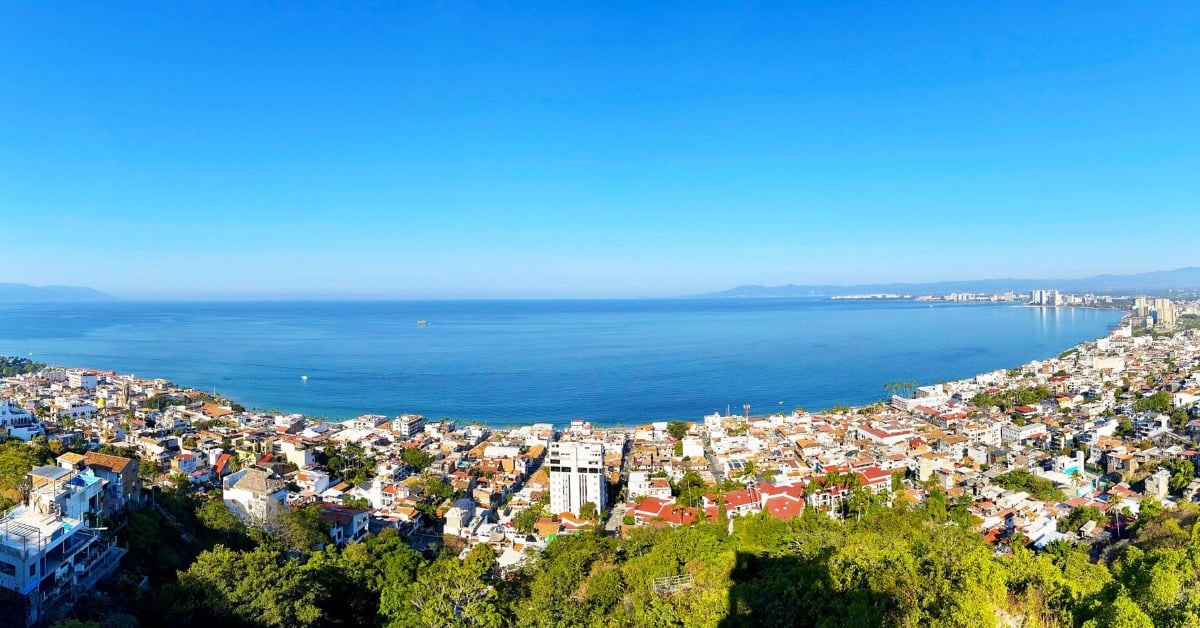Puerto Vallarta, Jalisco - The glittering shorelines of Cancún, Tulum, Los Cabos, and Puerto Vallarta have long been magnets for foreign investors looking to own a piece of Mexico’s postcard-perfect coast. But while demand from international buyers remains strong in theory, the m…






